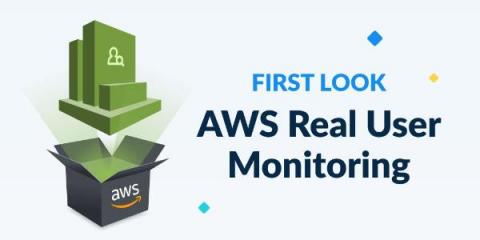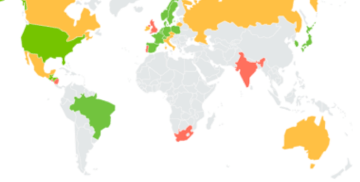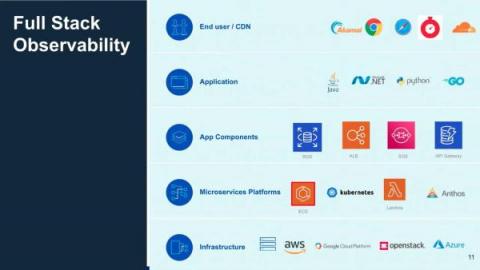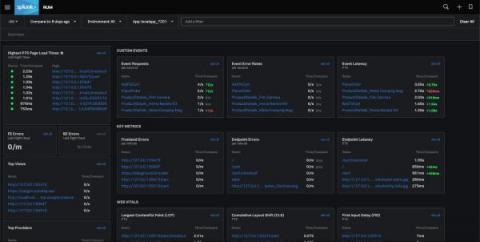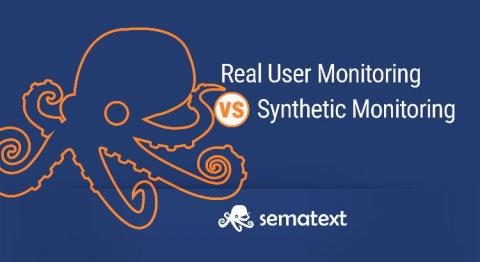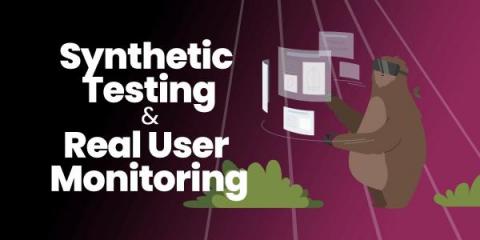Operations | Monitoring | ITSM | DevOps | Cloud
RUM
The 9 best Real User Monitoring tools for 2021: A comparison report
Real User Monitoring (RUM) provides visibility into the performance experience of live users interacting with your web, mobile, or single-page apps. RUM tools emerged to bridge the gap between application performance metrics and the impact on real people. These days, user experience is increasingly factored into the development process, but that still doesn’t stop slowdowns.
Observability for Microsoft Teams; How, What, and Why?
As one of the leading enterprise collaboration software globally, Microsoft Teams helps remote workers come together and stay productive. But while IT already has tools to monitor Teams call quality metrics, the pandemic shifted the organizational landscape with all of us working remotely from home. Or at least work in a hybrid way! So what does that mean for Teams monitoring now? The shift necessitates a newer Microsoft Teams monitoring strategy approach that combines synthetics with real user monitoring (RUM) to get a complete seamless digital experience.
Real User Monitoring: How to Improve Your Target Audience Reach
User experience is a focus of Sumo Logic Observability innovations
Announcing the General Availability of Splunk RUM Custom Events
With a 70% increase in internet usage, and digital teams adopting cloud-native technologies at a rapid rate, the importance of measuring customer experience on digital properties is not just a technical problem, but a business imperative. Frontend developers and SREs use Real User Monitoring (RUM) to understand critical components of their end-user experience, like how quickly users see content, when a page becomes interactive, and a page's visual stability.
Real User Monitoring (RUM) vs. Synthetic Monitoring Comparison
Three seconds is all it takes before your customer decides to leave. Would you imagine that! The audacity of some people! But, can you really blame them? We live in a fast-paced world. Wasting people’s time is worse than wasting their money. Developers are striving to provide value in as short of time as possible. Just as I am now writing this tutorial. I’m adamant about not wasting your time but providing you with concrete info for you to learn something new.
Get better RUM data with our custom React components
Since its release in 2013, React.js has become one of the most popular solutions for building dynamic, highly interactive web app frontends. React’s declarative nature and component-based architecture make it easier to build and maintain single-page applications.


